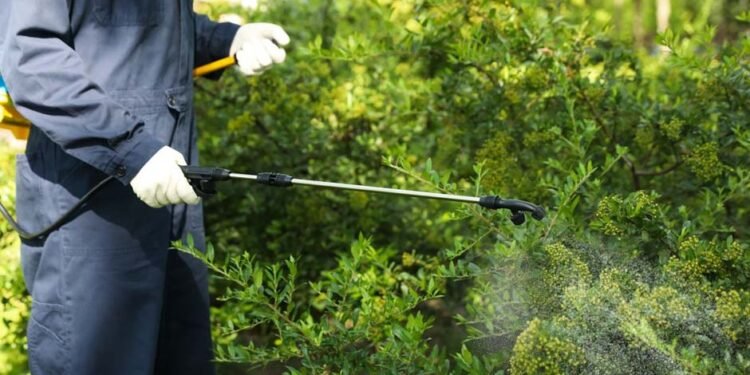When pests invade homes or businesses, they bring more than just discomfort; they pose health risks and can cause significant property damage. Consequently, understanding the timeline for professional pest control agencies like Serve Pest Control becomes crucial in managing expectations and preparing for the process. The duration of pest eradication varies, depending on numerous factors, including the type of pest, the expanse of the infestation, and the specific environment. This article sheds light on the typical chronology of pest eradication efforts by experts in both residential and commercial settings.
1. Initial Assessment and Planning Phase
The first step in any pest control operation is a thorough assessment. Experts spend time inspecting the affected area to notice the type of pest, the severity of the infestation, and potential entry points. This phase can take a few hours or days, particularly in large commercial spaces. The information gathered during this phase is critical in designing an effective plan tailored to the property’s specific needs.
2. Implementation of Treatment
Once the assessment is complete, experts begin the treatment phase. The duration here can vary significantly. Treatment might be completed within a day for common pests like ants or cockroaches in small to medium-sized homes. However, this phase could extend over several days or weeks for more severe infestations or more significant commercial properties. Techniques such as baiting, chemical application, and physical barriers are used, often requiring multiple visits to ensure effectiveness.
3. Post-Treatment Monitoring
After the initial treatment, pest control experts usually set a period for monitoring to ensure that the pests have been effectively eradicated. This phase can last from a few weeks to a few months, especially in businesses where continuous operation might influence pest activity. During this time, experts might visit periodically to look for signs of pest activity and take additional measures if necessary.
4. Integrated Pest Management Practices
In addition to direct eradication methods, experts from reputed pest-controlling agencies like Serve Pest Control often implement Integrated Pest Management (IPM) practices. IPM focuses on preventive measures and long-term solutions, which can span over several months. This involves regular inspections, structural repairs to prevent pest entry, and advising property owners on practices to reduce the likelihood of future infestations.
5. Factors Influencing Duration
Several elements can influence the duration of the pest control process. Larger and more complex buildings often require more time for thorough treatment. Similarly, the type of pest plays a significant role; for instance, eradicating bed bugs or termites typically takes longer than dealing with rodents or flies. Additionally, the level of infestation is crucial – a severe infestation will naturally take longer to control than a mild one.
6. Follow-Up and Preventive Measures
Finally, experts usually schedule follow-up visits once the active infestation is addressed. These visits, which can continue for several months to a year, are essential for ensuring that the infestation does not recur. During these visits, pest control professionals will inspect the property, reinforce preventive measures, and adjust the treatment plan as necessary.
Conclusion
The journey from a pest-infested space to a pest-free environment is not instantaneous. It involves multiple carefully planned and executed steps tailored to the specific conditions of the infested site. While the time frame for pest eradication can vary greatly, understanding this chronology helps set realistic expectations. Property owners must recognize that effective pest control involves quick fixes and a comprehensive, ongoing process to ensure long-term freedom from pests. By working closely with pest control experts and adhering to their guidance, both residential and commercial properties can achieve and maintain a pest-free environment, safeguarding their health, comfort, and well-being.












